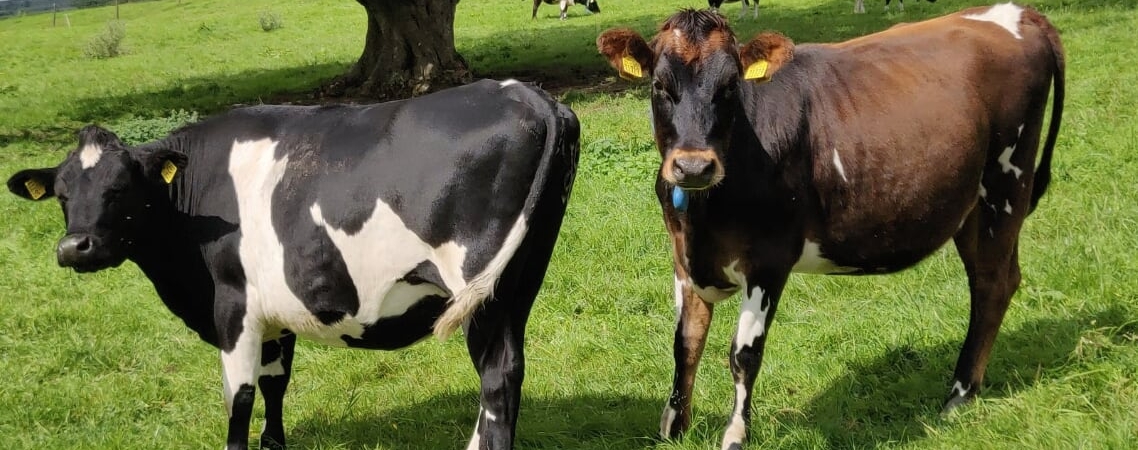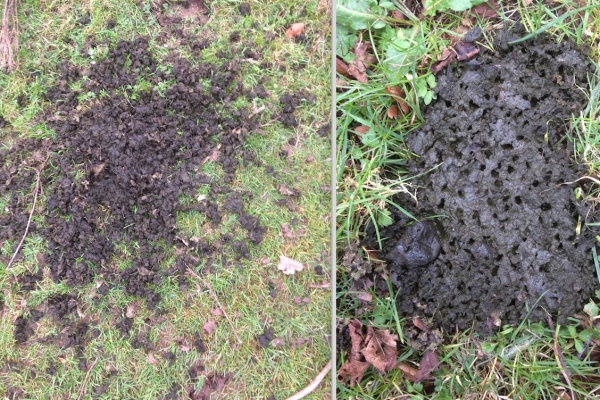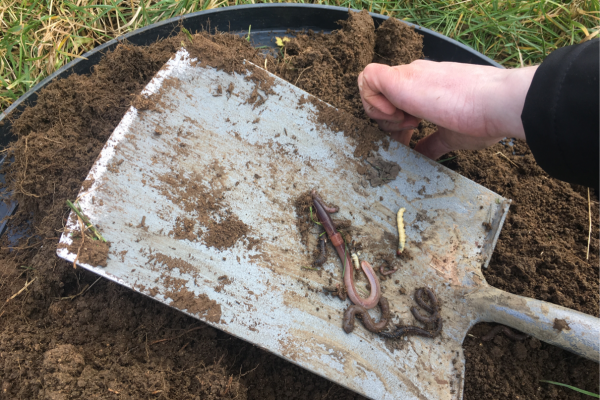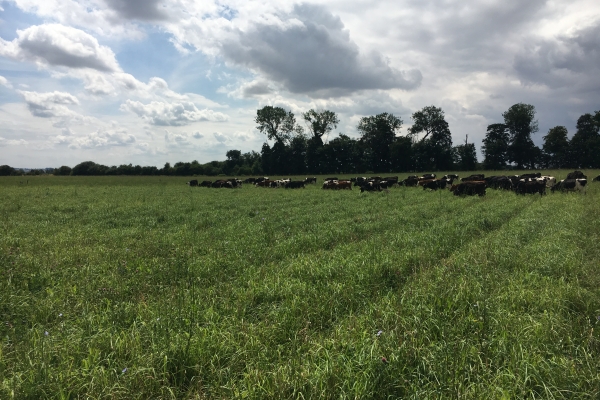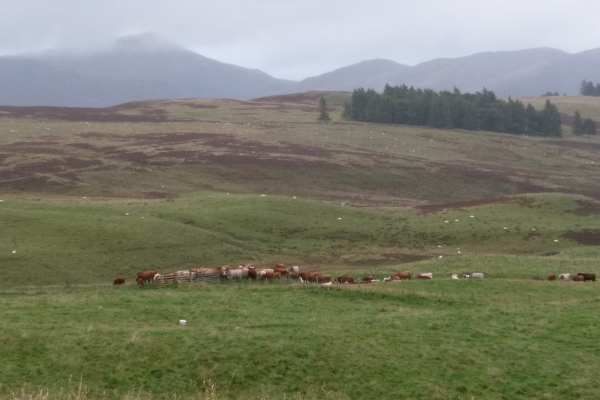Are dung beetles worthy of a ‘pat’ on the back?
If you have never gotten down on your hands and knees to sift through a cow or sheep poo, then grab a ‘stool.’
Each pat is a whole micro-habitat in itself for a whole diverse collection of insects, but for the purposes of this article I want to focus on the dung beetles who occupy these gorgeous one-off homes. These beetles bring a number of positive attributes not just to farmers, but are also a very important link in ecology.
 In the UK there are approximately 60 species of dung beetles, but these fall in to two main groups; ‘dwellers’ who live and lay their eggs in the pat itself and ‘tunnellers’ who dig in to the ground, burying dung in the soil and laying their eggs in brood chambers constructed below the surface.
In the UK there are approximately 60 species of dung beetles, but these fall in to two main groups; ‘dwellers’ who live and lay their eggs in the pat itself and ‘tunnellers’ who dig in to the ground, burying dung in the soil and laying their eggs in brood chambers constructed below the surface.
So what are these attributes? Well for farmers, these beetles drink the juices out of the pat, drying it out making it more appealing for earthworms to pull it in to the soil. Dung beetles and earthworms work together. This ‘drying’ effect also causes hell for cattle/sheep parasites, significantly reducing their burdens on pasture. The ‘tunnellers’ remove the fresh pats and place it directly at the roots of the grass, exactly where its needed! The quick degrading of these pats means less pasture fouling, less nutrient loss, less parasites, less flies. There are mechanical and chemical ways of achieving these effects, but these guys do it for free. Even with all the animals grazing and making lots of noise, dung beetles work away ‘under-turd.’
But for ecology, the story of these little critters just gets better. These beetles are an important food source for many birds and bats along with foxes, hedgehogs and badgers.
So it’s all great news, however some modern farming practices don’t sit well with beetles. They really are ‘up the creek.’ Their populations are not anywhere near where they need to be, some species have already been lost in the UK. Products like certain types of wormers (Macrocylic lactones) and fly control products are quite literally lethal to beetles and hamper their reproduction even months after the product was administered. Pat texture has also become looser with short rotations on ryegrass-only swards, beetles love a good ‘firm’ pat as loose ones don’t taste very nice… apparently! Soil cultivation and pasture harrowing are other damaging acts. Habitat loss is also another reason we are losing beetles, no poo = no beetles.
On my heavily stocked farm I have managed to buck this trend and I am reaping the benefits of a healthy population of beetles. Using a wormer to kill parasites in cows will also kill beetles, and we want these beetles to kill parasites. A downward spiral. Reducing our reliance on these wormers will mean more beetles and less parasites. Animals will develop a natural resistance to parasites and should be able to continue on in a healthy manner with a certain number of parasites in their stomach, (we all are carrying parasites). This is within reason of course. If an animal’s immune system is stressed or if the parasite loading becomes too much for the animal, then the animal will start to be overcome by the parasites, so ensuring that stresses are kept to a minimum is a key component.
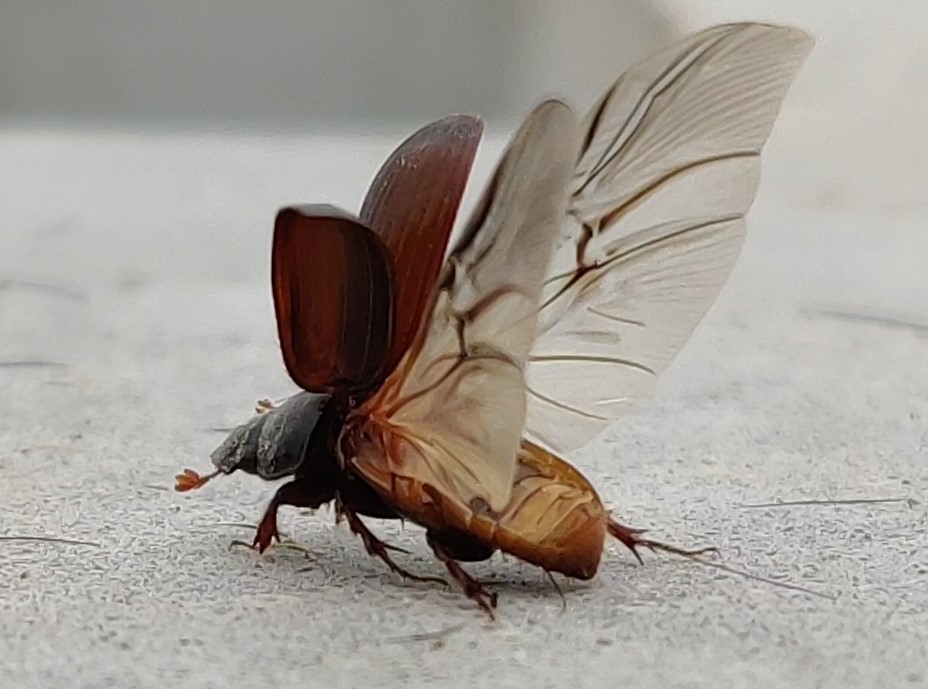
We raise all the young stock on our farm ourselves. Calves are constantly monitored using a microscope to measure parasite eggs, there are plenty of labs + vets performing this service also. Calves here are only wormed as needed. These calves will emit more parasite eggs than any other animals on my farm so it is important to remember this when deciding on what pastures have the highest worm burdens. We map the progress of the calves as they rotate around the farm also taking in to account the egg counts from their faeces.
To reduce chemical fly control in my yearling heifers, we have switched to using Stockholm tar painted on to their teats, and pouring a home-made solution of eucalyptus oil and iodine on their backs, this has been successful so far. On cows we add eucalyptus oil to the automatic teat sprayer on our milking machine on days that flies are a risk.
We haven’t ploughed our farm for reseeding in years opting for a min-till approach for reseeding. We are looking in to the option of a slot drill to further protect soil ecosystems.
For habitat loss, we ensure that there is a supply of cow pats for beetles to feast on, even over the winter and spring.
This all seems like work, so what do we get back? Well on my farm we have only been treating calves approximately 3 times in their first year and that is doing them for life, no wormers are used on cows. It makes me immensely proud that the increase in animals has added to the local ecology. Witnessing the increase in small birds swooping over the pastures that the cows have just vacated as they hunt for flying beetles. These small birds have attracted a number of nests of buzzards who prey on this bounty. More foxes and badgers are present and with a local programme of badger TB vaccination, we want to keep these badgers on farm. The biggest increase, however, has to be in the bat population. A bat would have been a rare sight on our farm 10 years ago, but on these dark autumn mornings as I collect my cows from their paddock for the morning milking, I wouldn’t be able to count to 30 without seeing the silhouette of a bat flying overhead.
Farming working with nature, nature working for farmers, ecology.
Watch a video made by Bruce about his work looking at dung beetles and the impact on his farming (shown at the 2020 Northern Real Farming Conference) here:
Bruce Thompson writes of himself “From an education in engineering I returned to be the 8th generation milking cows on our family farm, steeped in a diverse landscape at the foot of the Slieve Blooms in Co. Laois. 20 years later and with the abolition of milk quotas, we have extended our herd from 54 milking cows to 250. It has been fun! After acquiring a strange obsession with dung beetles, I was fortunate enough to receive a Nuffield scholarship to investigate their merits to agriculture and the wider environment. As my stock numbers have increased so too has the impact my farm practices have on the environment. With 2 small children and the fact that I am very proud of my ancestry, I want to ensure that my children will be proud of the impact I made on the environment, so it has to be positive and not just about profit. I often think about the future generations and how they will perceive our current practices in our industry. I don’t want to mess it up for them.”
All images courtesy of Bruce Thompson. All Rights Reserved.
